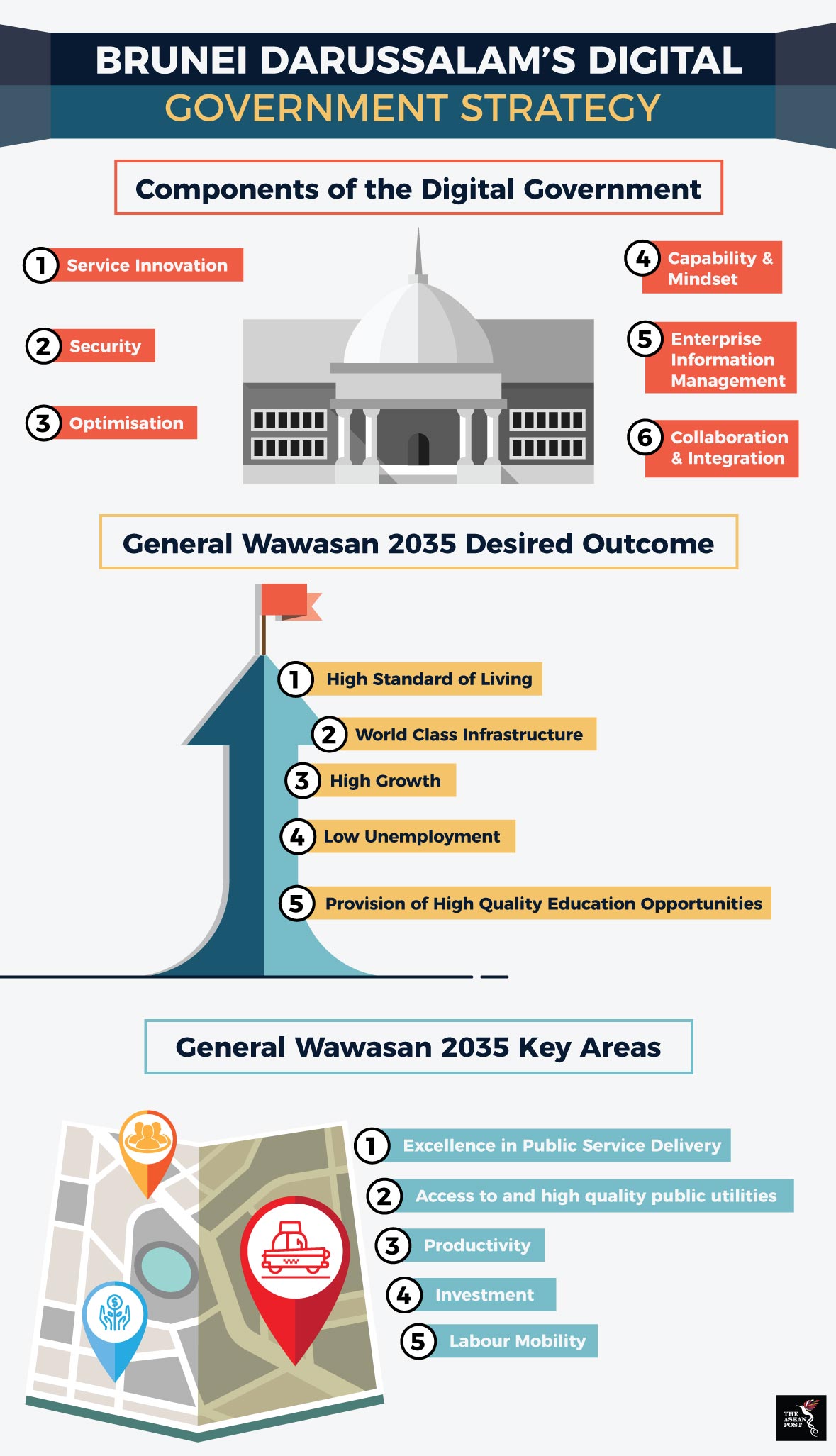Published in ASEAN News on 25.11.2020
ASEAN Series: Brunei, Laos, Cambodia, Myanmar
The four least economically developed countries in South West Asia are Cambodia, Myanmar and Laos. Until now also Brunei is seen as one of the economically less important countries in the region.

1. Brunei
The Sultanate of Brunei is an enclave on the main island of Malaysia and one of the most developed ASEAN states. With the export of the existing oil and natural gas deposits, the country generates about 70% of its gross domestic product and thus accounts for 99% of national exports. However, Brunei is currently planning to reduce its dependence on natural resources and to strengthen the innovation and technology market in return. Thus Brunei opens up the market to foreign investors.
So far only a few German companies have found their way to Brunei. Siemens, Heidelberg Cement and Thyssen Krupp, among others, can be found here. The well-educated and English speaking population makes it easy to enter the local market.
Wawasan Brunei 2035 is a development project first mentioned in 2004, which aims to encourage foreign investors and local companies to bring the state to the top of the list of the best educated and high income people.
Another project is the Pulau Muara Besar Project. It includes the creation of a deep water port and connected industrial complex.
Although Brunei has been a member of ASEAN since its founding and many free trade agreements have been concluded - the most recent came into force with Hong Kong in October 2020 - the economic landscape has hardly diversified at all so far. Moreover, Brunei has a relatively small population and probably needs guest workers to meet the growing demand.
Worth mentioning are the free schooling, health care, and the corporate income tax, which is only 18.5% and the only tax levied.

2. Cambodia
Geographically well located in the center of the ASEAN countries, Cambodia has achieved steady growth. German companies have hardly found their way to Cambodia, as Thailand and Vietnam - geographical neighbors - have been more attractive so far. However, the country's low salaries and proximity to production facilities are a good driving force for the establishment of new supply companies.
The medical sector plays a major role in this. Production of medical equipment and pharmaceuticals has led to an increase in average age and income. Here are growing investment opportunities, especially for the foreign market.
The government is planning to establish special economic zones along the Thai border to strengthen the market for supply chain factories.
Cambodia was an important country for textile production before the Covid-19 crisis, but in recent months it has been hard hit by flooding and the closure of many factories. The decisive factor here was not the occurrence of infections on site, as only a few hundred infections are reported, but rather the decline in global demand.
Essential for the positive economic development of Cambodia in recent years, are above all the high investments of China in the country. But this also creates an enormous dependence on the Chinese government.

3. Laos
Over the past 30 years, Laos has succeeded in making many new reforms and implementing new institutions. As a result, the country has been able to achieve a slow but successful rise in economic terms. Sustainability and environmentally friendly growth are the main focus of attention.
A similar partnership as Cambodia, Laos has established with China. On the one hand the national economy benefits from the high direct investments of the Chinese and can turn away from an agricultural economy, on the other hand China has a great influence on the country.
The creation of a train connection between China and Laos - probably completed in 2021 - will connect Kunming (Yunnan province/China) with Vientiane (Laos). Some international investors are beginning to use Laos as a low-cost export country.
Nevertheless Laos - like the other 3 countries - is a member of ASEAN and the new free trade agreement "RCEP". In the medium term, Laos could thus develop into an emerging country through the comparatively low-cost production of goods.

4. Myanmar
In Myanmar, Nobel Peace Prize winner San Suu Kyi was re-elected as head of government this year. She has already introduced several reforms for digitalization in recent years and established special economic zones. Now in her probably last term of office, she will probably try to restore the globally collapsed supply chains in favor of Myanmar.
Myanmar's agricultural and fishery products, minerals, manufactured goods and other goods are mainly exported to foreign trade partner countries, while the country imports capital, intermediate and consumer goods.
Like Laos and Cambodia, Myanmar could use the cheap labor available, foreign investment, and thus income for the population to develop the economy and infrastructure in order to benefit from it in the long run.
Salaries 2019 (Minimum wage per month / average salary in production / incoming per capita per year)

Key economic figures (population / GDP / GDP per capita/ average economic growth)

